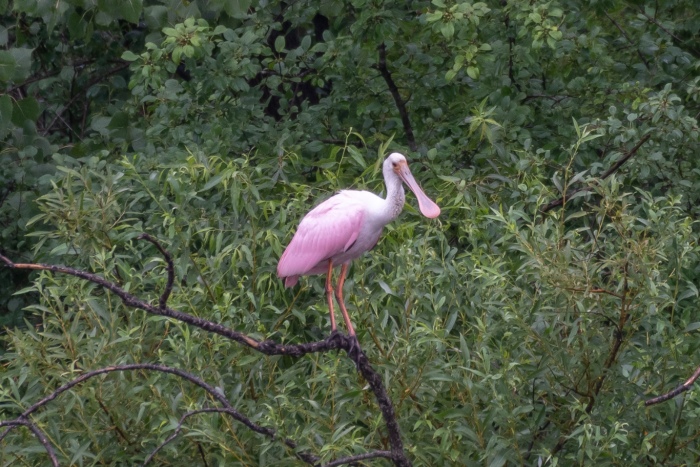
Piping Plovers by JamesEyeViewPhotography
“Musk is a very smart man. But he either was ignorant of the ecology out there or he felt his project was so much more important that it really didn’t matter what he did to the area.”
-Texas environmentalist Jim Chapman.
This article about the impact of Elon Musk’s Space X launchport on its neighbors spiked my blood pressure this morning. It’s bad enough hearing the dashed retirement dreams of Celia Johnson, a former Michigan social worker. The realization that it also impacts piping plovers, a beloved & endangered seasonal resident of the Great Lakes State, turned my anger up to 11:
The company’s presence, while welcomed by local politicians lured by the promise of taxable income and employment opportunities, has become a nightmare for many residents and wildlife conservationists attempting to protect the sensitive habitat surrounding the development.
Since SpaceX started construction in late 2015 and testing rockets in 2019, explosions have showered debris across previously unspoiled tidal flats and blown out residents’ windows, including Johnson’s. Rare species of birds like the piping plover and mammals have dwindled, and intense periods of construction and testing have closed off public access to the beach for more days than were authorized by the Federal Aviation Administration, which has federal oversight of the development. The company has also installed bright floodlights to illuminate the road and construction site.
…“This is a very important area for migratory birds as it’s a huge stopover area,” said Jared Margolis, a senior attorney at the Center for Biological Diversity, who submitted comments to the FAA questioning the legality of the SpaceX expansion. “Even a power plant would be concerning. But here you have giant rockets powered by methane that tend to explode, causing debris and noise impact, and we want to make sure the impacts are mitigated.”
Amid the constant construction noise, truck traffic, enormous floodlights over the site and debris from explosions, some species have already dwindled at an alarming rate, said David Newstead, director of the Coastal Bird Program for the Coastal Bend Bays & Estuaries Program, a nonprofit group that works to protect the area’s bays and estuaries.
Newstead conducted a study of the local population of piping plovers, sparrow-sized shorebirds that nest and feed in coastal sand and are protected under the Endangered Species Act. He found that the population halved from 2018 to 2021, correlating closely with the intensity of SpaceX operations in the area.
Read more at NBC News & here’s hoping the tiny piping plover can weather the storm. Tou can read more about them in this Leelanau.com piping plover article featuring another photo from James!
James took this photo back in the summer of 2018 in the Sleeping Bear Dunes National Lakeshore, one of the primary nesting areas for piping plovers. See more in his Summer gallery & for sure view and purchase his work including 2022 calendars on his website.

Share Michigan in Pictures:











